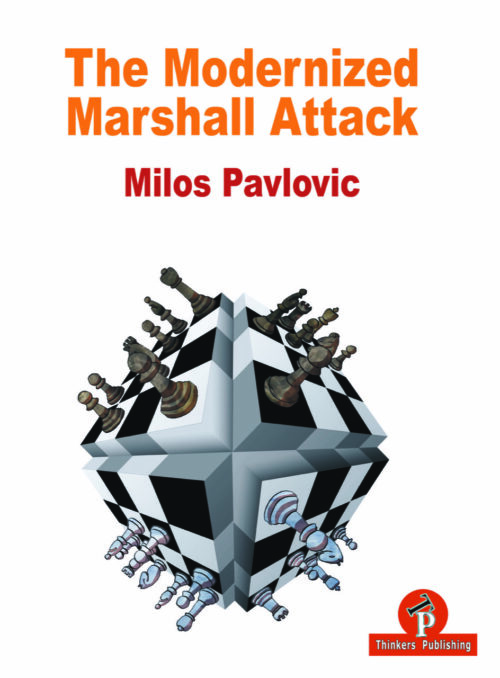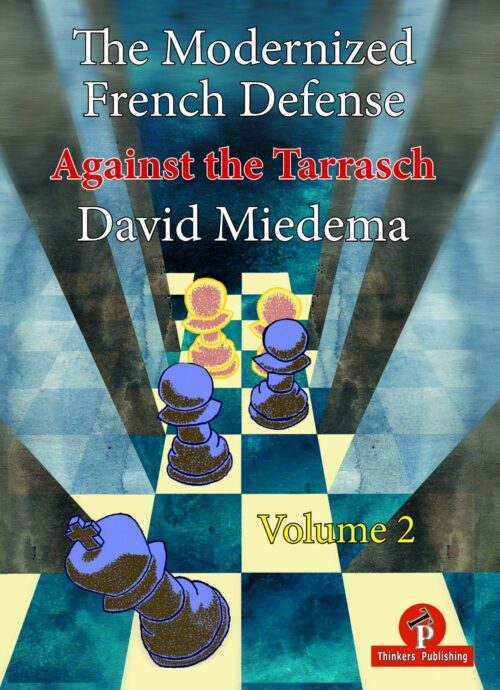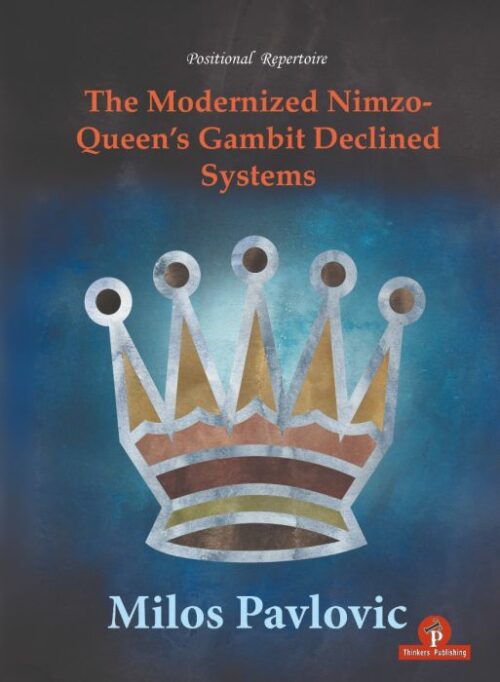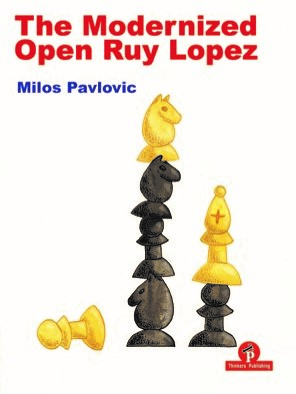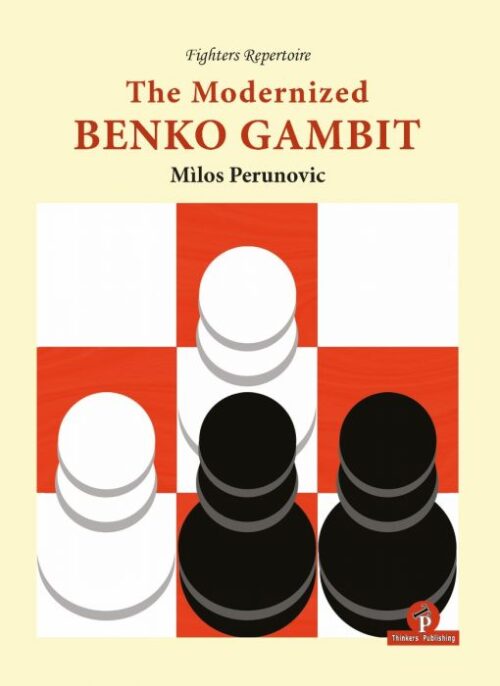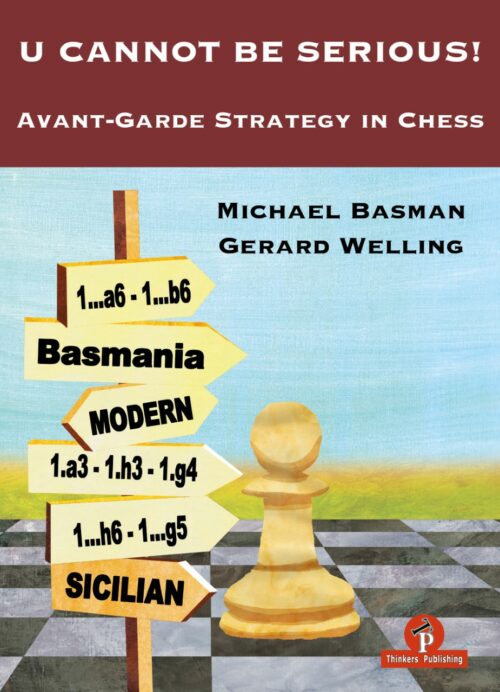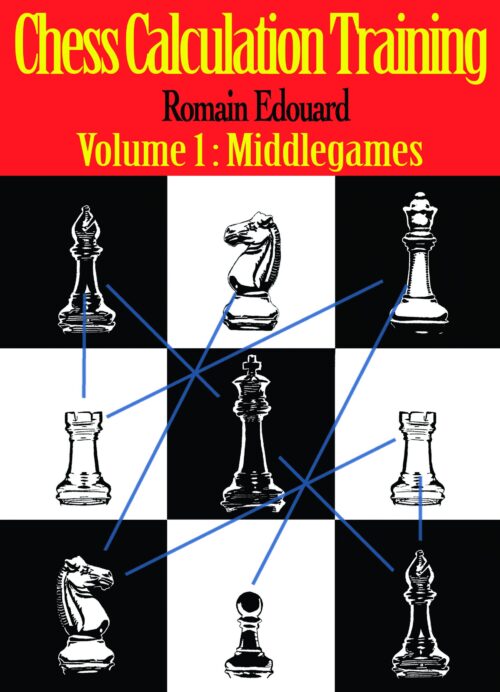-
Á útsölu!“Usually in the Ruy Lopez Black is looking for long, slow games in solid, closed positions. The Marshall flips this on its head and Black tries to accelerate the play and radically change the character of the game at an early stage.” ~ Milos Pavlovic
-
Á útsölu!“It just takes some time to become familiar with all the possibilities and ensuing middlegames. But once you finally master the isolated pawn structure, it will serve you well and equip you with a wide selection of tools with which you can outplay your opponent” ~ David Miedema
-
Á útsölu!“A combination of the Queen’s Gambit Declined and Nimzo-Indian is considered one of best ways to play against 1.d4, 1.c4 or 1.Nf3.” ~ Milos Pavlovic
-
Á útsölu!The positions arising from the Open Spanish contain ideas so different from the usual Ruy Lopez that I sometimes wonder whether it should really be considered part of it at all. It is an open game with unbalanced structures and sharp play but compared to the Sicilian, for instance, for which the previous description would also apply, there is an important difference; there is a certain degree of stability and solidity in the Open Spanish which distinguishes it from the sharper realms of the Sicilian and puts this line in its own unique category of opening ideas.
-
Á útsölu!“With this book, I wanted to revitalise the Benko and show that, although the computer isn’t that happy with Black’s positions in certain lines, his resources are impressive, especially in ‘THE PRACTICAL GAME’, because White will face many difficulties and Black’s counter attacks, no matter how well-prepared he is. Our Beloved Benko is still very much ALIVE!:” ~ Milos Perunovic
-
Á útsölu!Nýtt inn! Vertu öðruvísi og hugmyndaríkur við skákborðið. Komdu andstæðingum þínum á óvart. This book is written with the intention to introduce the reader to the creative chess ideas of Michael Basman. He gave up more intense regular tournament chess around the turn of the millennium, to concentrate his energy on the development of school chess. And that is what he is mainly known for in recent times, as the motor who made the UK Chess Challenge blossom. Nowadays the yearly nation-wide school competition still attracts around 40,000 children, and that is not even the record. […]
-
Á útsölu!The problems in the book are accessible to players with a level from modest to confident. The most difficult ones are marked with an asterisk, while the most challenging chapter comes with a help page, that you may check when necessary.

